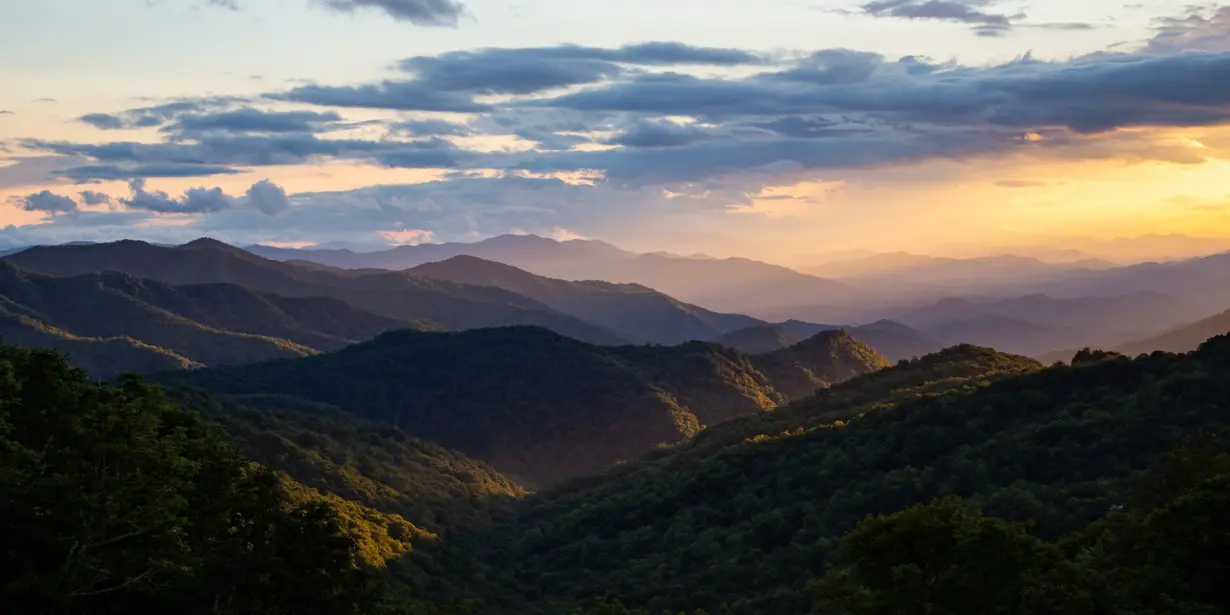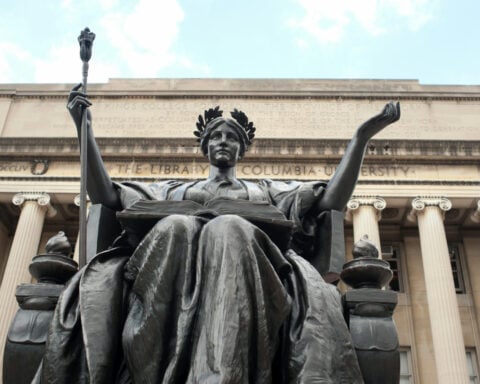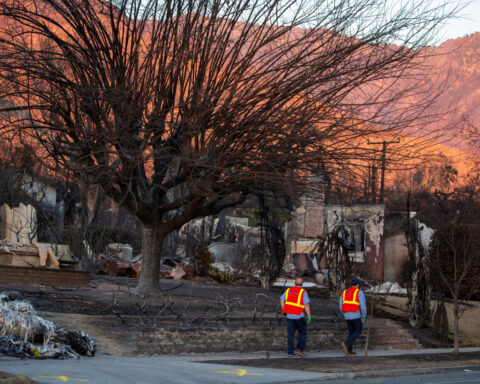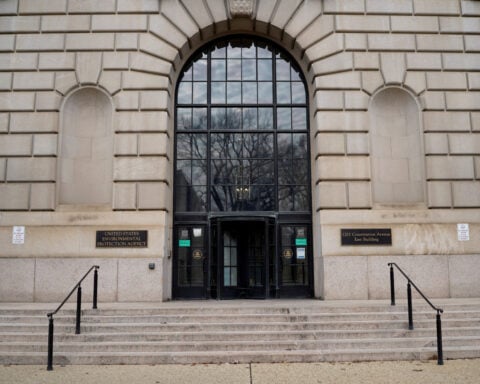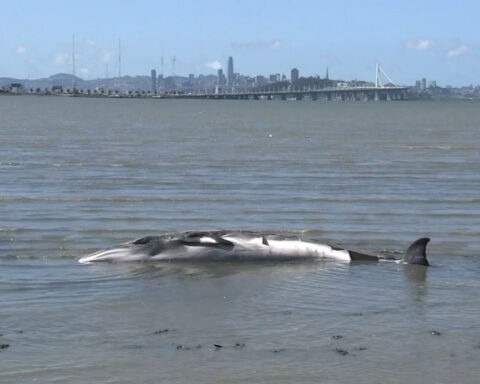
Uncommon Courses is an occasional series from The Conversation U.S. highlighting unconventional approaches to teaching.
Title of course:
Environmental Issues in National Parks
What prompted the idea for the course?
The University of Tennessee is a natural fit for this course, with the Great Smoky Mountains National Park and all the learning opportunities it offers being only a one-hour drive away.
Although I did not create this course, I jumped at the opportunity to serve as an instructor for it. Growing up as a Boy Scout, and later a merit badge counselor, I found a love for place-based education. I have always valued using the outdoors to teach about the theoretical concepts shared in the classroom.
What does the course explore?
Each week of the semester we discuss an ongoing environmental issue and then dive into an applied case study in a different national park. For example, in one week students learn about fire regimes, or patterns of wildfires over time. Then, in the next class, we discuss how the fire regimes in Sequoia National Park in California naturally maintain the ecosystem of the sequoia groves there.
The highlight of the semester is an in-person field trip to Look Rock in Great Smoky Mountains National Park. Here, my students and I meet a park ranger who teaches them about how trees sequester carbon from the atmosphere and how to measure it. The group also enjoys a hike to Look Rock Tower to learn more about the local area and see awesome views all around.
Why is this course relevant now?
Visitation numbers at national parks continue to rise each year. Most of my students have been to at least one or two national parks and are exposed to their increasing presence on social media.
If this course was just titled Environmental Issues, I do not believe it would have the same kind of draw it has now. Typically, the course fills to capacity early on every semester.
Using the parks as teaching tools not only keeps students engaged and entertained in the class but also gives them real-life lessons about environmental issues. They get front-row seats in learning about how landscapes change and the physical factors that affect them, like climate, topography and vegetation.
What’s a critical lesson from the course?
I tell my students up front and repeatedly that the world is not black and white. Environmental issues are complex and difficult to solve.
For example, the bald eagle population in the U.S. fell drastically after World War II, and eventually they were declared endangered. This was a result of being poisoned by the insecticide DDT.
Upon quick reflection, it seems that banning DDT in the U.S. in 1972 was the obvious solution to save the bald eagle. Since then, there have also been international efforts to ban DDT across the world for environmental reasons. But this leaves out the context that DDT kills mosquitoes, which spread the deadly disease malaria. In other parts of the world, DDT had saved an estimated 500 million lives from malaria by the 1970s.
This example shows the nuance that’s required when thinking about environmental issues and solutions. Sometimes there is not an obvious right answer, and students visibly struggle to address ethical questions like these.
What materials does the course feature?
I do not use a central textbook or provide specific assigned readings. Instead, students participate in group activities, enjoy illustrated lecture slideshows and YouTube videos and work with online resources.
One assignment has students use Google Earth to create a guided tour of a national park of their choice. They play the role of a park ranger through their written descriptions of tour stops. Students enjoy getting to choose which national park they would like to explore and highlight for visitors.
What will the course prepare students to do?
Upon completing the course, I want students to become critical visitors of national parks and protected areas. I want them to be aware of the role they play in what happens in those spaces and of the complexities of the issues there. Examples could include the continual overcrowding of national parks, the removal of Indigenous peoples from these lands or the history of Black discrimination in our parks.
Whether grappling with strictly environmental issues or the larger political and social struggles related to the national parks, I want students to open their minds to new perspectives. In a way, this course is an intervention for students to understand that they can make a difference and help shape an ever-changing world.

Seth is a member of the first cohort of the National Park Classroom Ranger program, led by James Fester. He also serves an a VIP (Volunteers-In-Parks) with the Education Branch of the Great Smoky Mountains National Park.
Source: The Conversation

 Trump has begun another trade war. Here's a timeline of how we got here
Trump has begun another trade war. Here's a timeline of how we got here
 Canada's leader laments lost friendship with US in town that sheltered stranded Americans after 9/11
Canada's leader laments lost friendship with US in town that sheltered stranded Americans after 9/11
 Chinese EV giant BYD's fourth-quarter profit leaps 73%
Chinese EV giant BYD's fourth-quarter profit leaps 73%
 You're an American in another land? Prepare to talk about the why and how of Trump 2.0
You're an American in another land? Prepare to talk about the why and how of Trump 2.0
 Chalk talk: Star power, top teams and No. 5 seeds headline the women's March Madness Sweet 16
Chalk talk: Star power, top teams and No. 5 seeds headline the women's March Madness Sweet 16
 Purdue returns to Sweet 16 with 76-62 win over McNeese in March Madness
Purdue returns to Sweet 16 with 76-62 win over McNeese in March Madness
